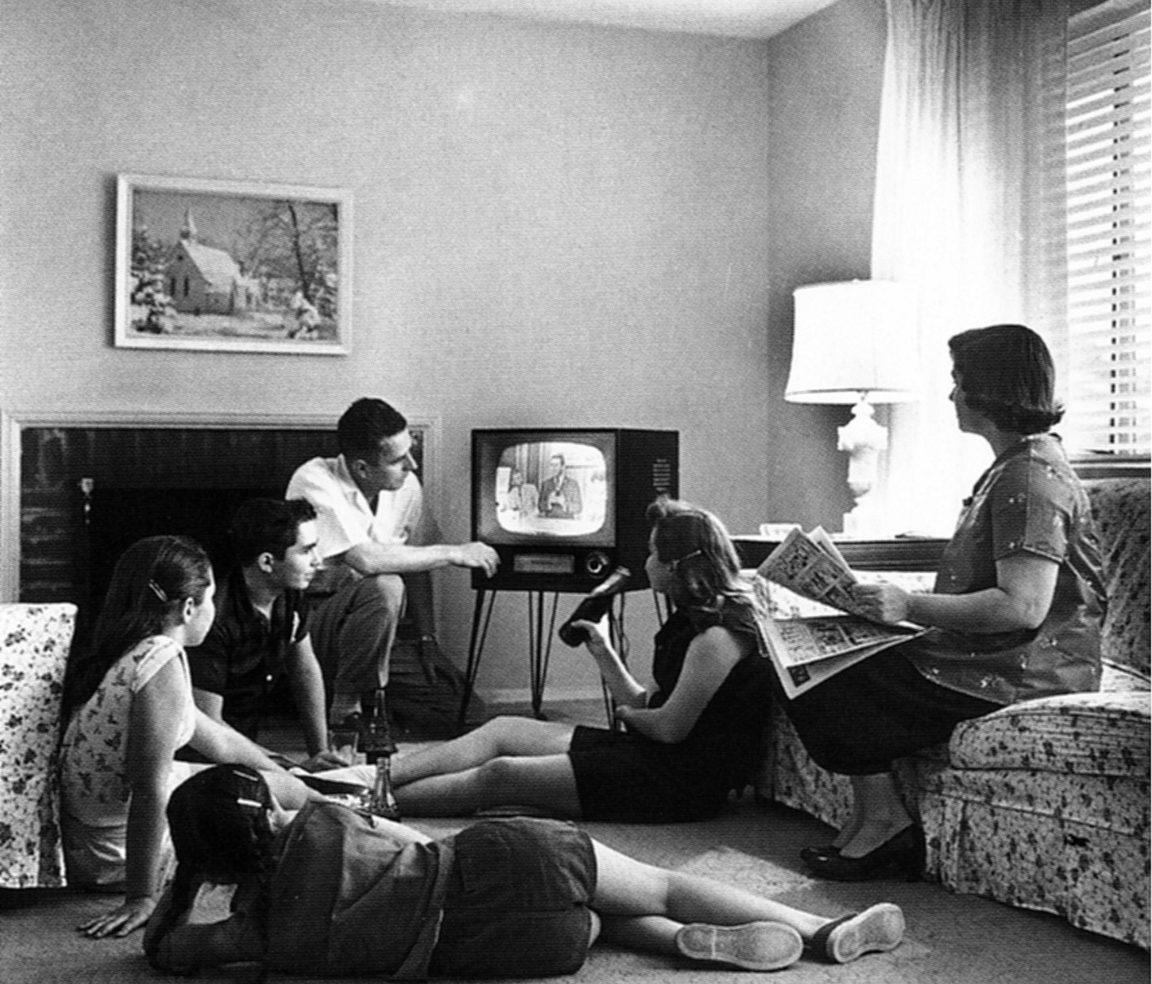
Televised local news broadcasts focus more on national politics and slant more to the right at present than in recent years, new research finds. These changes, the paper concludes, are not in response to changing viewer tastes, rather, they stem from the ownership of the media outlets themselves.
As local print news media outlets wither, local television news remains one of the few sources of community and state-level coverage. But even this domain is under threat, according to two researchers from Emory University who uncovered the drivers of what they label “the long-term decline in local coverage.”
The scholars analyzed local TV news broadcasts to measure shifts in topics covered and ideological slant. They looked at 743 local news stations over the last two-thirds of 2017, a period that coincides with the purchase of 14 new stations by a conservative-leaning conglomerate owner, the Sinclair Media Group. In all, the group owns 193 stations in 89 Designated Market Areas.
The researchers compared 7.5 million transcript segments to compare changes in coverage between Sinclair-acquired stations and other stations operating in these markets. They found:
- Comparing Sinclair-owned with non-Sinclair stations, the former spent more time on national versus local politics. An average station in the sample weighted their local politics coverage at about 12.6 percentage points; Sinclair stations gave about 4 percentage points less weight to local politics than other stations.
- On the other hand, national politics coverage at Sinclair-owned stations increased. After acquisition by the conglomerate, these stations saw a 25 percent increase compared to the average level of national politics coverage.
- Coverage of national politics saw a rightward shift at Sinclair stations. The “slant scores,” based on repetition of ideologically-linked phrases, increased by about one standard deviation after acquisition by Sinclair as compared to other stations in the same markets.
- The authors conclude that content changes are thus supply- rather than demand-driven. To further support this point, they analyze viewer response to changes in ownership. They find a slight decrease in viewership, though the figure is not statistically significant.
- Looking at specific markets with above-median and below-median vote share for Trump, the researchers found significant drops in viewership for Sinclair-acquired stations in Democratic-leaning areas and slight increases in Republican-leaning areas.
- These viewership changes cost Sinclair ratings, but the authors indicate that consolidating coverage to focus more on national news still might benefit the conglomerate because of production cost savings.
- The authors suggest that changes in local TV news coverage might affect future elections. For right-leaning viewers, it amplifies the media’s already documented echo-chamber effect, increasing political polarization. Further, because Sinclair acquisitions did not produce significant viewer response effects, the ideological shift might have insidious effects on other viewers. “The vast majority of viewers watching before the acquisition date continued to watch afterwards, despite the substantial changes in political content,” they write. “For these non-switching viewers, the ideological valence of their news diet lurched rightwards following the acquisition.”
- The scholars also worry that substituting national for local coverage might have detrimental effects on the ability of the populace to hold local governments accountable.
Photo by Evert F. Baumgardner used under a Creative Commons license.
